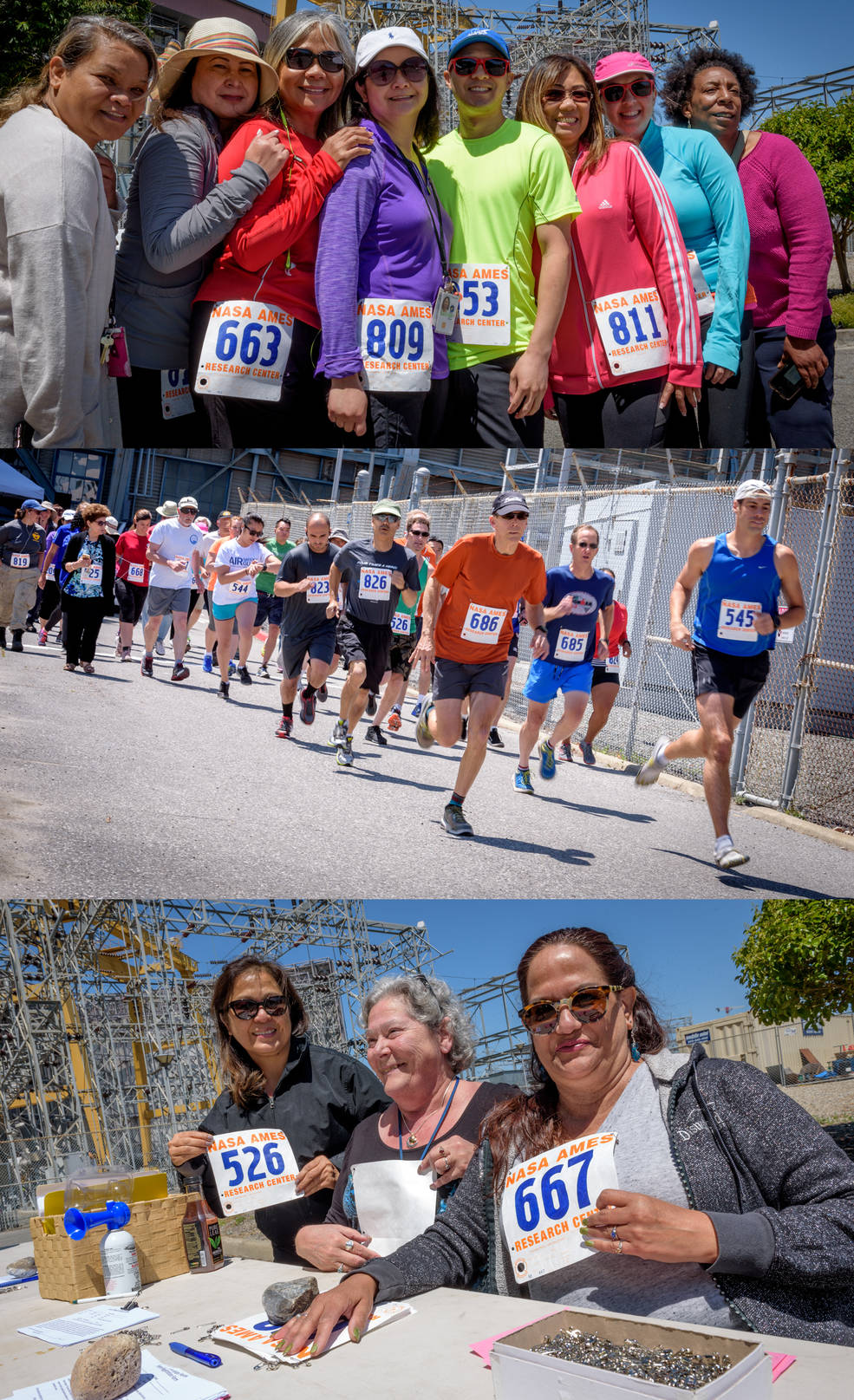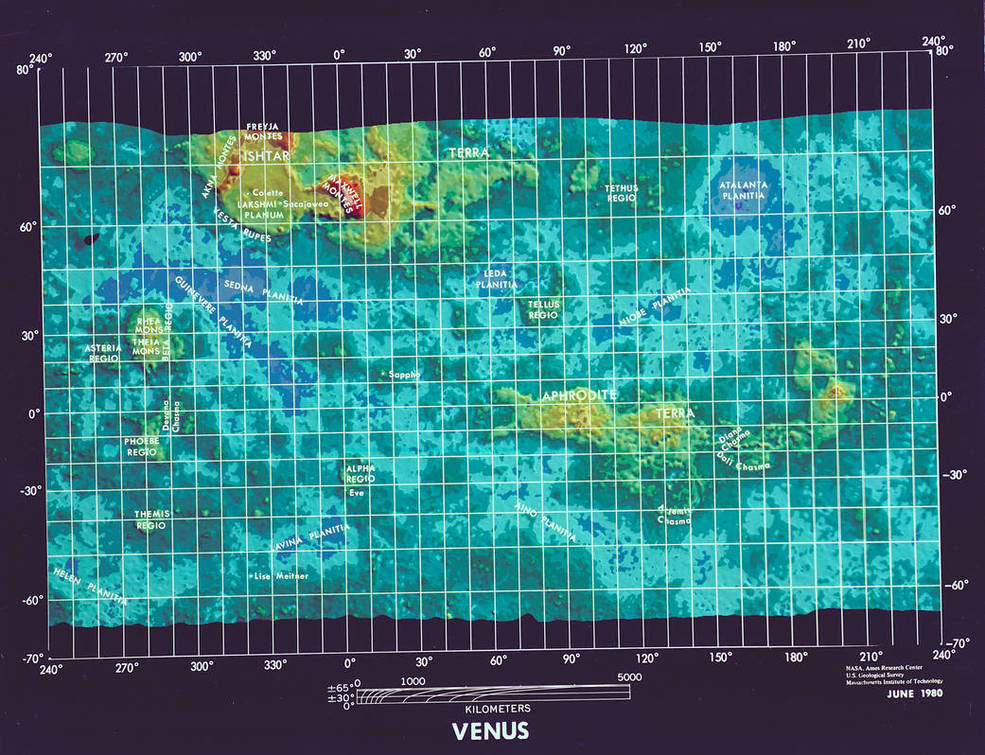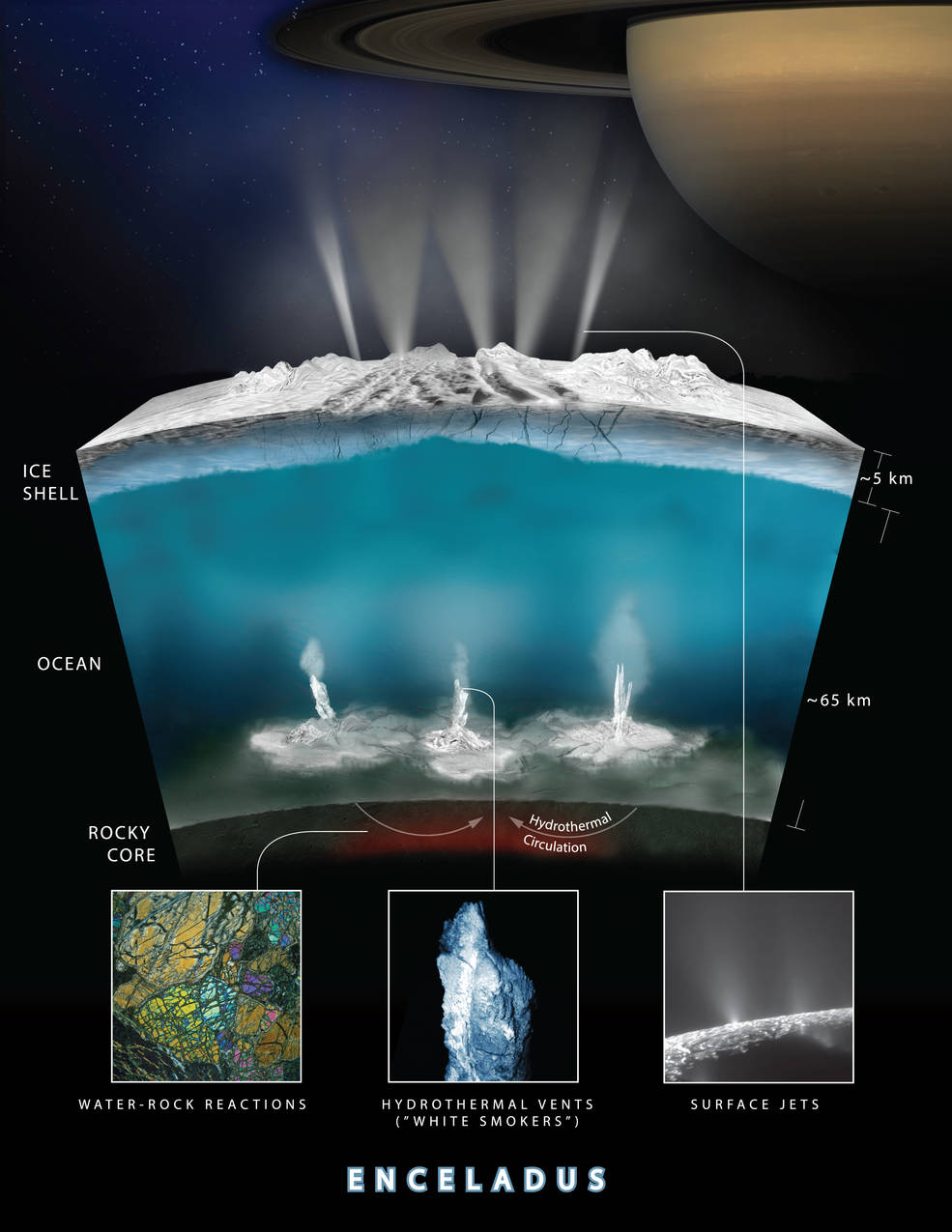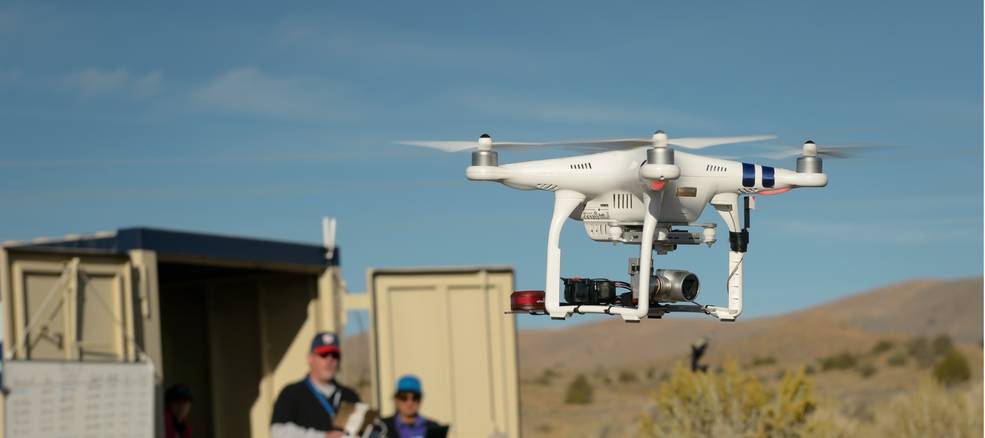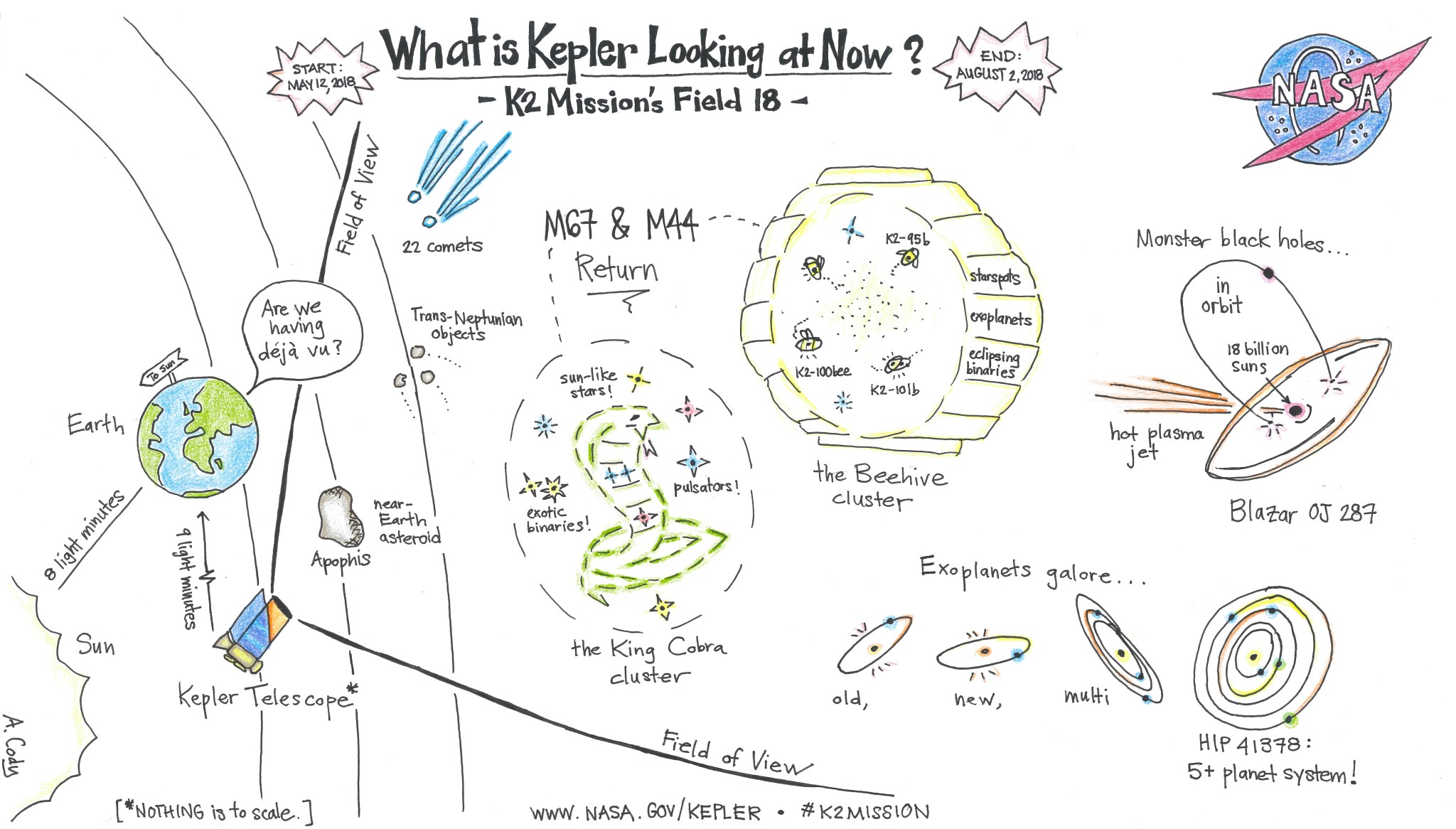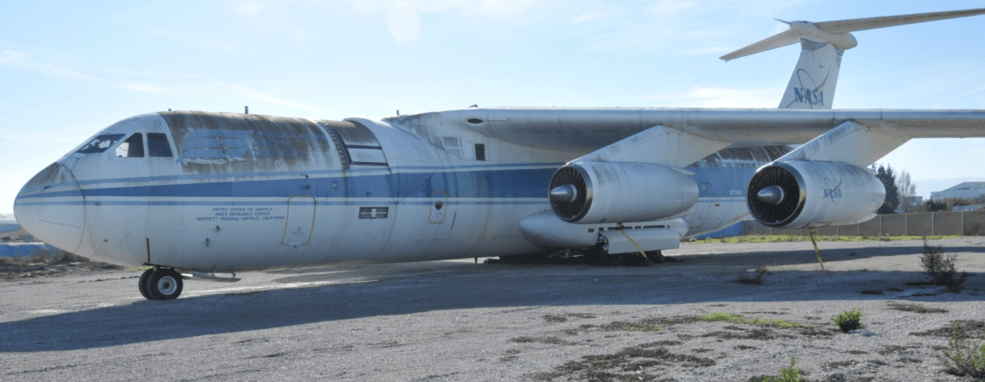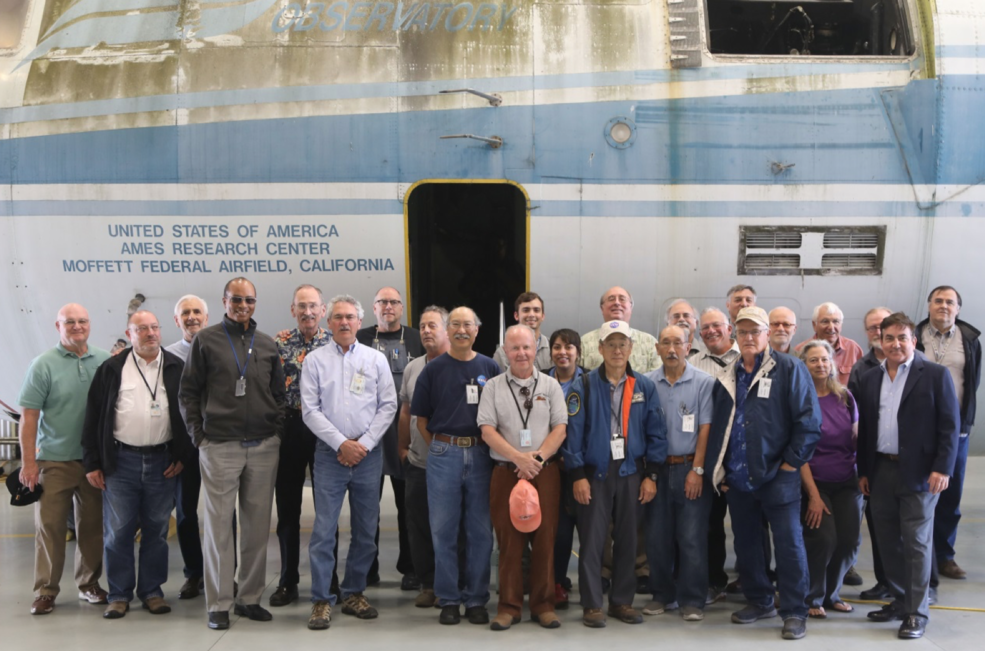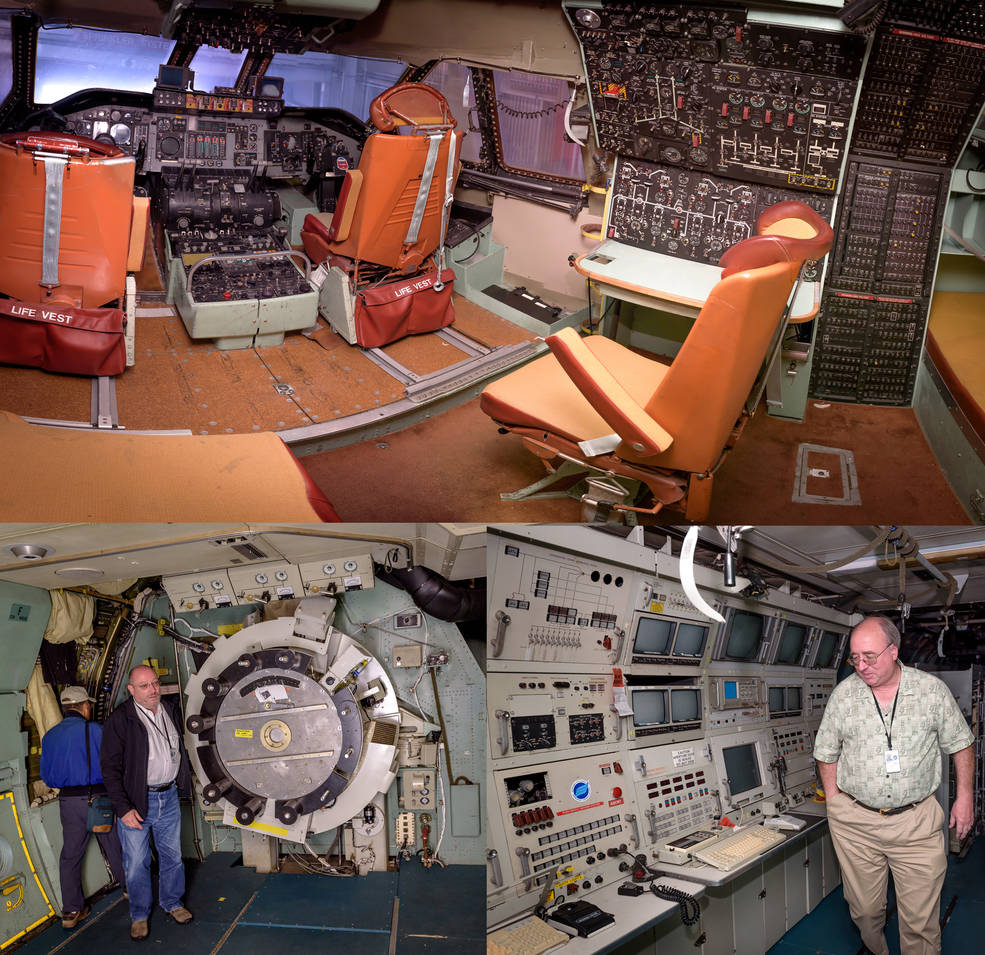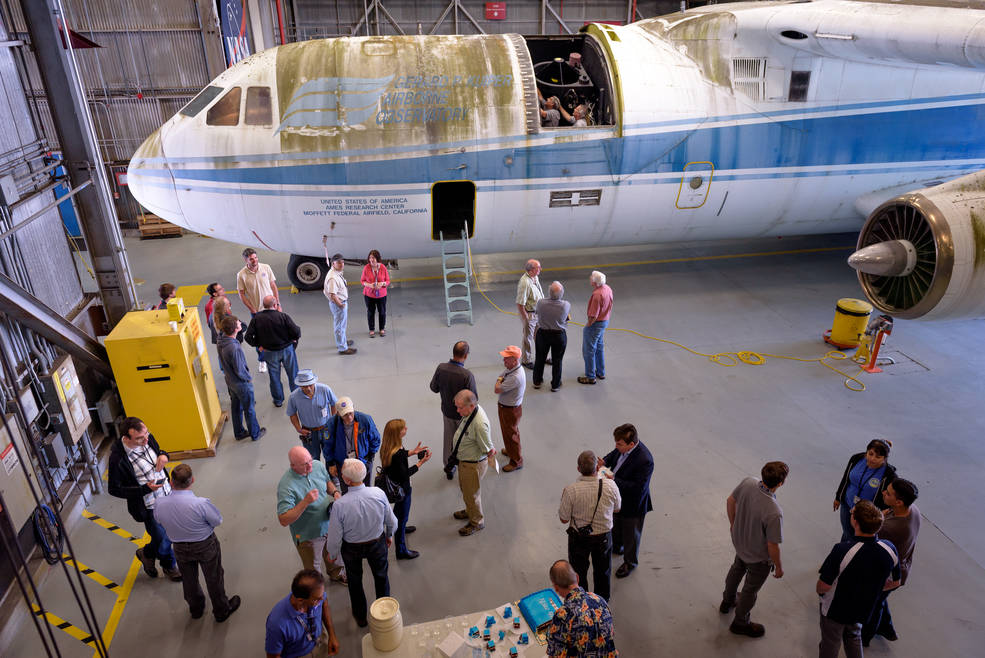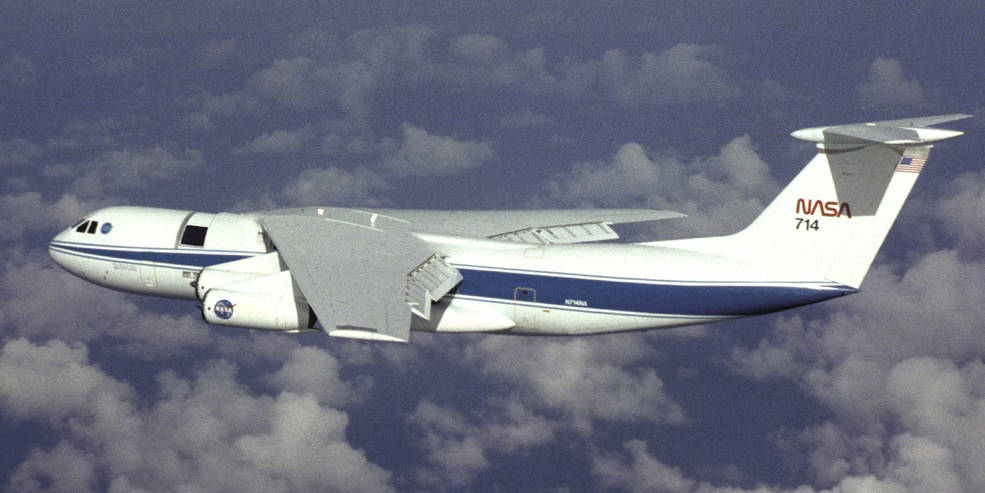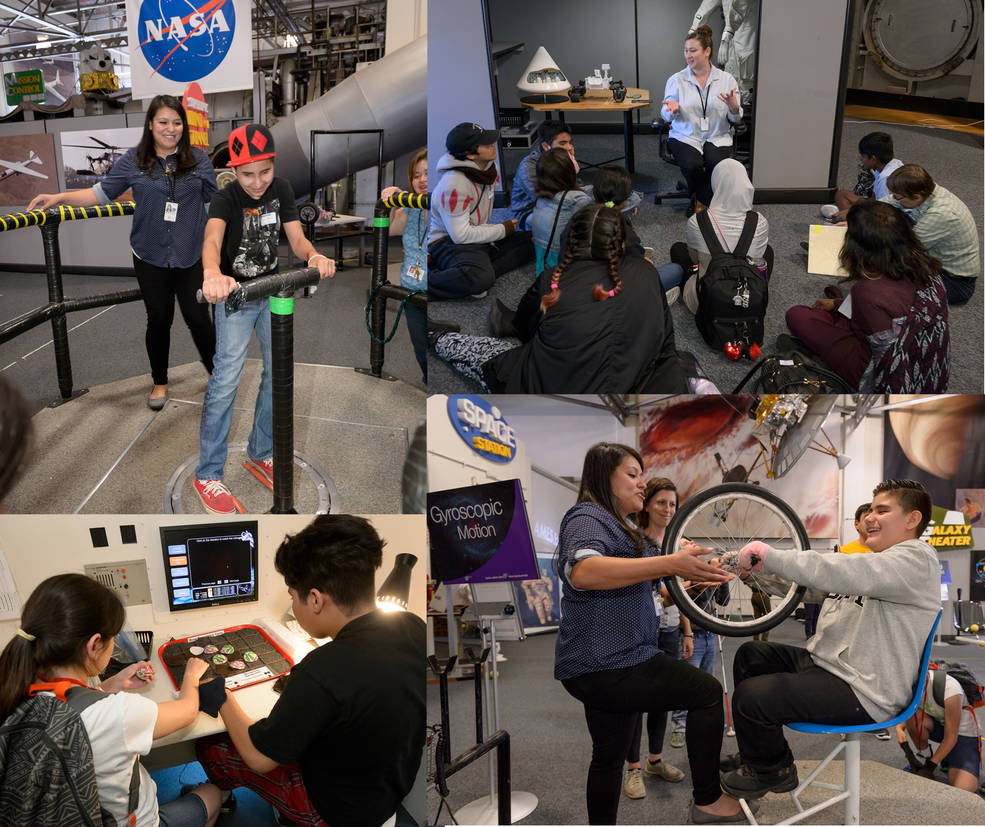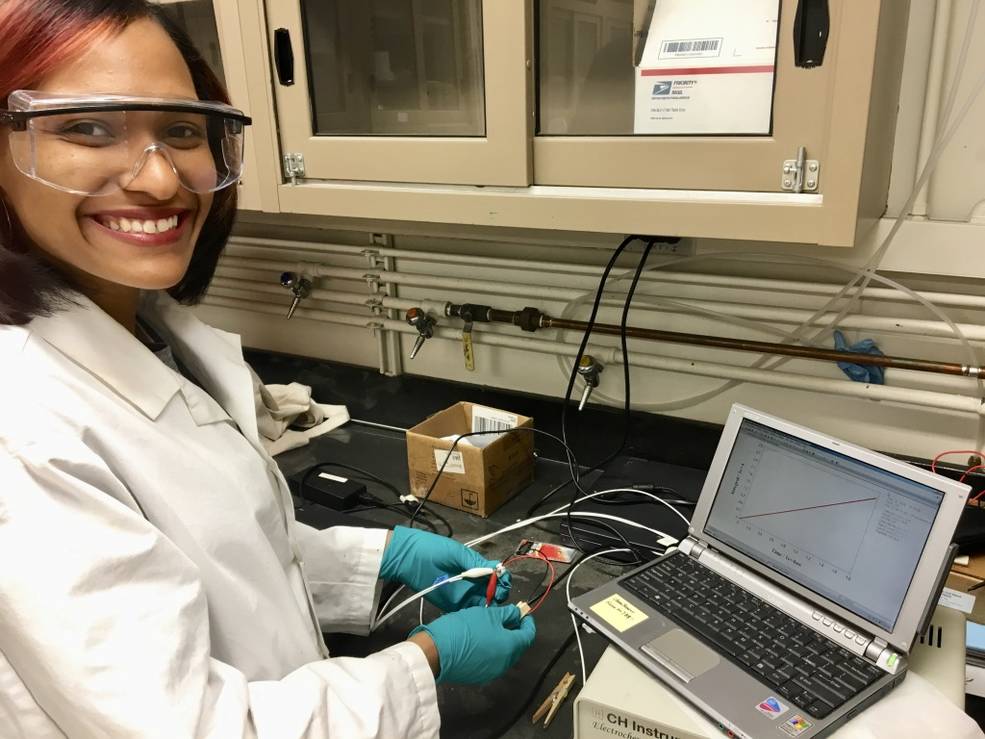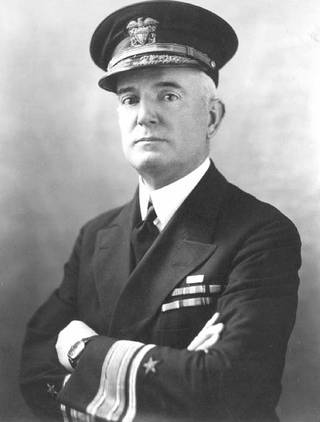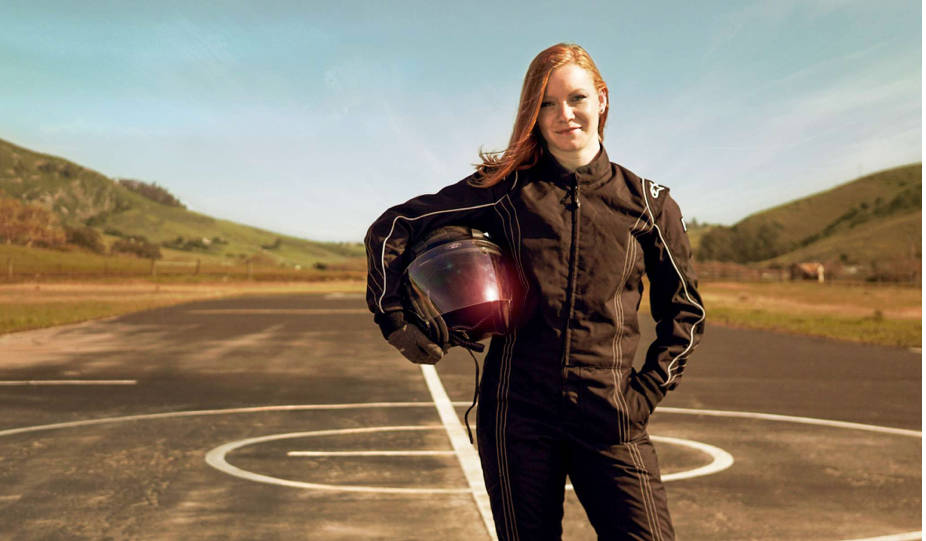40 Years Ago, Pioneer Venus Orbiter Launched on Quest to Study Venus’ Atmosphere
by Danielle Carmichael
After the success of Pioneers 10 and 11, NASA Ames turned their focus on Venus, Earth’s closest cousin for their next mission in the Pioneer series. Launched 40 years ago on May 20, 1978, aboard an Atlas-Centaur launch vehicle from Cape Canaveral Air Force Station, the Pioneer Venus Orbiter is also known as Pioneer 12 or Pioneer Venus 1. The Pioneer Venus Orbiter carried 17 experiments and investigated the atmosphere of Venus as part of an orbiter-probe combination.
Insertion into Venus’ atmosphere occurred December 4, 1978. The Pioneer Venus Orbiter measured data from the upper atmosphere and southern region of the planet, including interactions between solar winds and Venus’ magnetic field. It also mapped Venus’ surface. The spacecraft confirmed an atmosphere with clouds, mainly of sulfuric acid, with little magnetic field. Additional topography studies found the planet to be generally smoother than the surface of Earth, but Venus has a mountain higher than Mount Everest’s peaks and a chasm deeper than the Grand Canyon. With its fuel reserves exhausted, after spending 14 years conducting research, Pioneer Venus Orbiter plunged through Venus’ atmosphere, burning up as it did so on October 8, 1992.
NASA Takes a Deep Dive into the Search for Life
by Abby Tabor
Deep space and the deep sea are not as different as you might think. In 2018 and 2019, NASA’s search for life beyond Earth will dive beneath the waves here at home to explore hydrothermal systems of underwater volcanoes. These special locations could look a lot like what we’ll find on the other ocean worlds in our solar system – prime candidates to potentially support life.
Many projects at NASA study places on Earth that could be analogous to extraterrestrial locations. The project pulling together ocean and space is called SUBSEA, which stands for Systematic Underwater Biogeochemical Science and Exploration Analog. While searching for clues about similar environments on other ocean worlds and their potential to support life, the team will also assess the best ways to conduct a remote science mission and streamline future exploration. This could have implications for near-term human exploration destinations like the Moon and Mars.
This synergy of ocean and space research makes a lot of sense, when you realize that in both fields robotic explorers are sent to work where humans can’t easily go, with input from groups of people both relatively nearby and much farther afield. Combining the two worlds allows the SUBSEA team, led by Darlene Lim of NASA Ames to help prepare for new types of space exploration missions by practicing now under realistic conditions on Earth.
For full story, see: DeepDiveInSearchforLife
Drone Traffic Management Researcher Parimal Kopardekar Nominated for Federal Award
by Darryl Waller
Today if you hear a “buzzzzzz” overhead, you may look up to see someone’s remote-controlled hobby “drone.” In the coming years, though, we may see more small low-flying aircraft, controlled by commercial computer systems, and serving more useful purposes. From package delivery, to power-pole inspections, to gathering information for emergency response, the skies just above us may start to get more crowded. But how do these flying robots avoid each other – and zones where flying could be restricted or unsafe, like around airports
Some of the best air traffic researchers on the planet, led by Parimal H. Kopardekar, senior technologist for air transportation systems at NASA’s Ames Research Center, are working on that problem. Building on decades of experience in air traffic research and self-driving systems, an Unmanned Aircraft Systems Traffic Management (also known as “UTM”) team at Ames has set out to design a platform that will help monitor and manage drones weighing less than 55 pounds flying at or below 500 feet.
For full story, see: DroneMgtAward
Kepler Begins 18th Observing Campaign with a Focus on Star Clusters
by Alison Hawkes
On May 12, 2018, NASA’s planet-hunting spacecraft Kepler began the 18th observing campaign of its extended mission, K2. For the next 82 days, Kepler will stare at clusters of stars, faraway galaxies and a handful of solar system objects, including comets, objects beyond Neptune and an asteroid closer to Earth. The Kepler spacecraft is expected to run out of fuel within several months.
Campaign 18 is a familiar patch of space as it’s approximately the same region of sky that Kepler observed during Campaign 5 in 2015. One of the advantages of observing a field over again is that planets outside the solar system, called exoplanets, may be found orbiting farther from their stars. Astronomers hope to not only discover new exoplanets during this campaign, but also to confirm candidates that were previously identified.
For full story, see: KeplerStarClusters
SOFIA Resumes Observations After Extended Maintenance Period
by Kassandra Bell
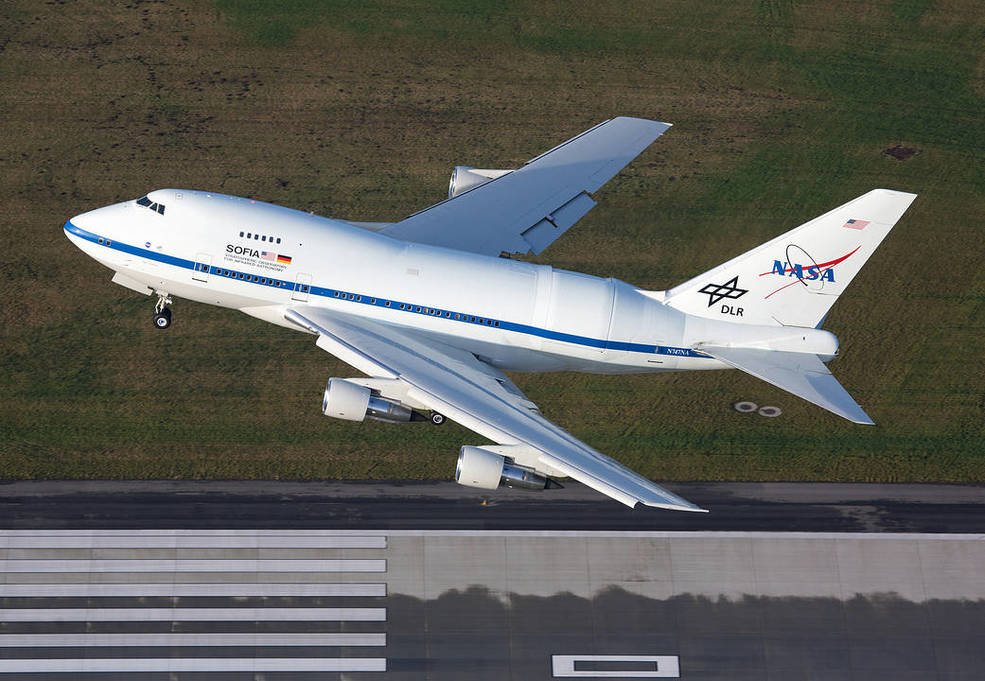
NASA Disposing of the Kuiper Airborne Observatory
Responding to a congressional mandate for NASA to dispose of unneeded assets, Ames is scrapping the iconic Gerard P. Kuiper Airborne Observatory, aka KAO. It is a Lockheed C-141 “Starlifter” 4-engine jet aircraft containing a 36-inch diameter telescope and mission systems dedicated to astronomical observations. Ames began development of the facility in the late 1960s and operated it from 1974 to 1995, when the program was terminated to divert its budget to the development of SOFIA, the Stratospheric Observatory for Infrared Astronomy.
On September 29, 1995 Ames KAO staff and many investigators gathered (photo above) to celebrate their experiences and exploits on this beautiful, unique observatory. Decommissioned at the peak of her productive career, the KAO farewell engendered an abiding nostalgia felt by all.
The KAO forged a unique and pivotal scientific record during the early decades of infrared astronomy. It hosted hundreds of investigators from the U.S. and abroad. Science teams from universities and other institutions brought instruments they had developed to make visible, infrared and submillimeter observations not possible from ground-based telescopes. More than 9,000 observing hours on more than 1,450 research flights resulted in excess of 1,000 scientific and technical publications. Beyond its important scientific output, the platform was valuable for training young scientists, for developing state-of-the-art technologies of related astronomical instrumentation, and for providing exposure to educators and the public. Many of the young participants are now prominent figures in astronomy.
Among the science highlights captured from the KAO were: discovery of the rings of Uranus (shown in an artist’s concept above) and of Pluto’s atmosphere, first detection of water in comets and in Jupiter, identification of pre-biotic polycyclic aromatic hydrocarbon (PAH) molecules in the Interstellar Medium, early evidence for a four million solar-mass black hole at the center of the Milky Way, detection of elements manufactured in the explosion of Supernova 1987A, initial evidence for massive hot stars in the vicinity of our Galactic Center, discovery that normal galaxies have infrared luminosities comparable to that of their visible output, and important observational clues to the formation of young stellar objects in molecular hydrogen clouds.
Since 1995, the aircraft has been parked outside at various locations around the Center. Here it is shown above in January 2017, in a field north of N245, where it spent most of its later years.
Here the KAO is shown (above photo) on May 29, 2018 in N248, its dedicated home during its 21 years of operation, with some local, former participants who came to bid the old bird adieu. The telescope is being removed to be the centerpiece of a public exhibit commemorating this unique and remarkable observatory – one of Ames’ most successful programs.
Camaraderie and teamwork were hallmarks of the KAO operation. These were enabled in large degree by the co-location and “let’s get the data” attitude of its staff. KAO participants remember their experience with profound pleasure and pride. The KAO was the source of the technical understanding, scientific motivation and cadre of advocates that led to the building of SOFIA. Details of the KAO program and a description of the promotion and development of SOFIA through 2013 are given in NASA/SP-2013-216025.
Ames Veteran’s Committee Hosts Flag Ceremony in Observance of Memorial Day
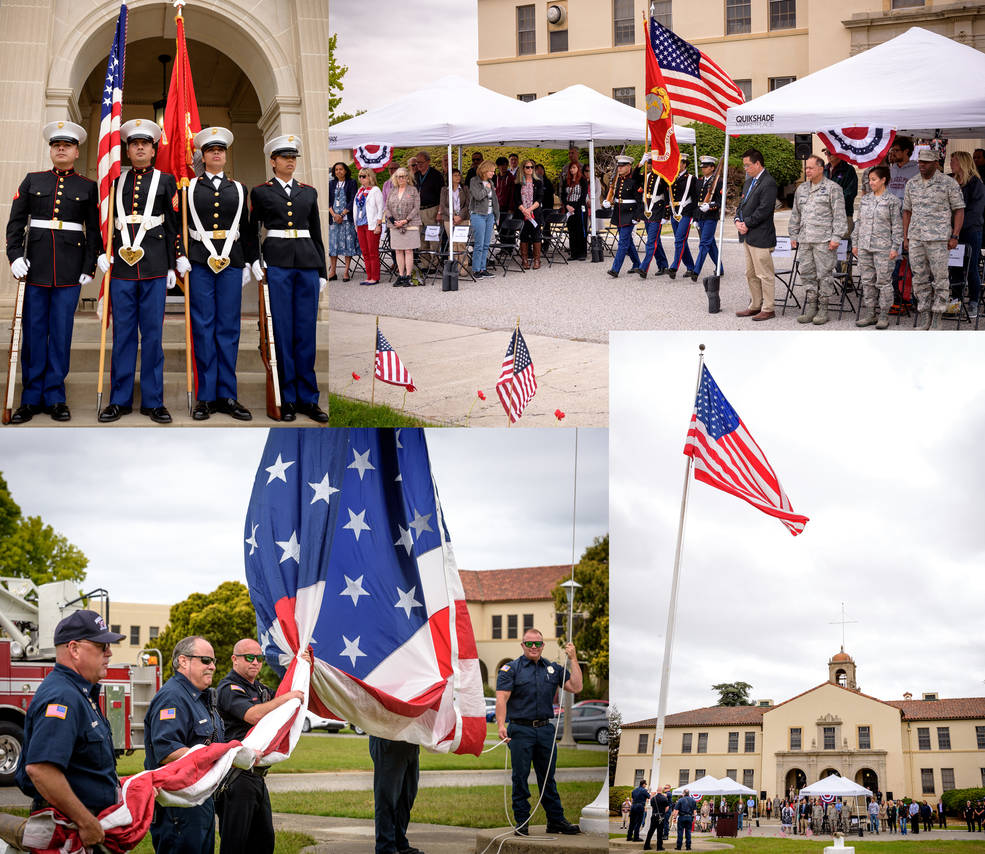
First of it’s Kind Visit to the Ames Education Encounter
by Yael Meiri, Stephanie Ortiz and Vandhana Lal
The Ames Exploration Encounter (AEE) hosted a first of its kind field trip for visually impaired students on May 8, 2018. In January 2018, the California School for the Blind (CSB) contacted the AEE to inquire whether the program is appropriate for students of limited to no vision. Historically the AEE has supported students with special needs, however, the CSB’s attendance provided a unique opportunity for the AEE staff to welcome an entire class of visually impaired students to the program.
The planning for the required modification of the AEE experience began in January with CSB’s registration and ended in May with the class’ field trip. The AEE staff worked diligently to transform the AEE experience to one that is suitable and valuable to ALL students. An extensive collaborative effort was conducted with the following: the education and outreach departments, the Ames Disability Advocate group, the Innovation and technical partnership, the engineering department and the CSB.
Tactile and audio supplementary materials were added to the experience, as well as instructional braille cards (which were provided by CSB). The students learned about physics concepts such as orbital mechanics with the use of beeper balls, which allowed the students to predict movement based on sound location. Students partook in a “Bone Remodeling” game which conveyed the changes in bone structure on earth versus in space; and were “transported” to Mars through a Mars braille book and 3D models of the Curiosity rover and Orion.
The students of CSB together with their teacher and aides left the AEE in high spirits and with the desire to further explore the STEM fields. Following the visit, one of the class aides stated “it was great that our students were able to take part in something like this, that allowed them to participate regardless of their vision.” The AEE staff is grateful for this opportunity that was given to them and hopes to continue to work with this diverse and underserved population.
NASA Intern Esmarline De León Peralta is Looking to a Bright Future at NASA
by Christine Linsinbigler
My name is Esmarline De León Peralta, a future physician-scientist, flight surgeon and astronaut. I am determined to be part of a group of experts and professionals that will develop key technologies for travel to and living on Mars. Furthermore, I would like to assist in developing the systems necessary to support astronauts’ and communities’ adaptability and survival in the environment on Mars. As an aspiring physician, I believe the advancements created as we continue to research what life could be like on Mars also could impact global health by providing healthcare accessibility and point-of-care technologies for both developing countries and under-developed areas.
I began to appreciate the importance of engagement, perseverance and empathy at a young age, largely due to the lack of resources and opportunities in my home country, the Dominican Republic. I grew up in a house made of tin and wood, where water and electricity were not always accessible, and even my home was not accessible during hurricane season. We moved to Puerto Rico when I was 10 years old looking for better educational opportunities and a better life. My mother was denied career opportunities in the field of systems and computer engineering because her degree was obtained in a foreign country. Learning about challenges and inequalities was hard at a young age, but these experiences made me stronger and shaped me into an overachiever and passionate dreamer.
My journey to NASA has been one of the most inspiring challenges of my life. My immigration status affected my NASA goals but gave me the courage and inspiration to prepare and become not only a U.S. permanent resident, but an official citizen. I am a 2014 NASA Minority University Research and Education Program (MUREP) scholar, for which I give thanks to Elizabeth Cartier at NASA Ames for her encouragement and constant support throughout these years.
My NASA interests, along with my desire to address problems in health and understand how chemicals impact the biomedical engineering field made me choose a career in chemical engineering at the University of Puerto Rico-Mayagüez. Since 2012, I have had experiences researching in biologically-inspired engineering labs at universities and hospitals such as Harvard University, Massachusetts General Hospital, Georgia Institute of Technology and Ohio State University. My interest in biomedical sciences and engineering encourages me to get a M.D.-Ph.D. as a physician-scientist in bioastronautics.
My passion for biomedical devices using 3-D printing was amplified after researching at Massachusetts General Hospital. When accepted at NASA, I felt that my dreams had come true and I was home where I belonged. I am currently a spring intern at NASA Ames, working in the Entry Systems and Vehicle Development Branch with Dr. Jing Li developing ultra-light weight batteries using 3-D printing technology and nanotechnology. This cutting-edge technology will enable new power and tools for space exploration and building human habitats in space.
During the summer of 2018, I will be interning at NASA’s Marshall Space Flight Center in Huntsville, Alabama. I will be working with a 3-D printer identical to one currently in space, the n-Scrypt 3-D printer, supporting 3-D multi-materials and process parameters for 3-D printing and helping in the fabrication of conductive inks to print small circuits under the mentorship and guidance of Mr. Curtis Hill.
Thank you, NASA, for being my dream, my present and my future. Here is where I belong! I cannot be more grateful. I have no words to express the happiness of my heart to represent minorities, Hispanics, women in STEM and the next generation of Mars and beyond planets’ explorers. God’s faithfulness last forever. Psalm 100:5
HACE Highlights Ames’ Partnership with Mexican Space Agency during Cinco De Mayo Festivity
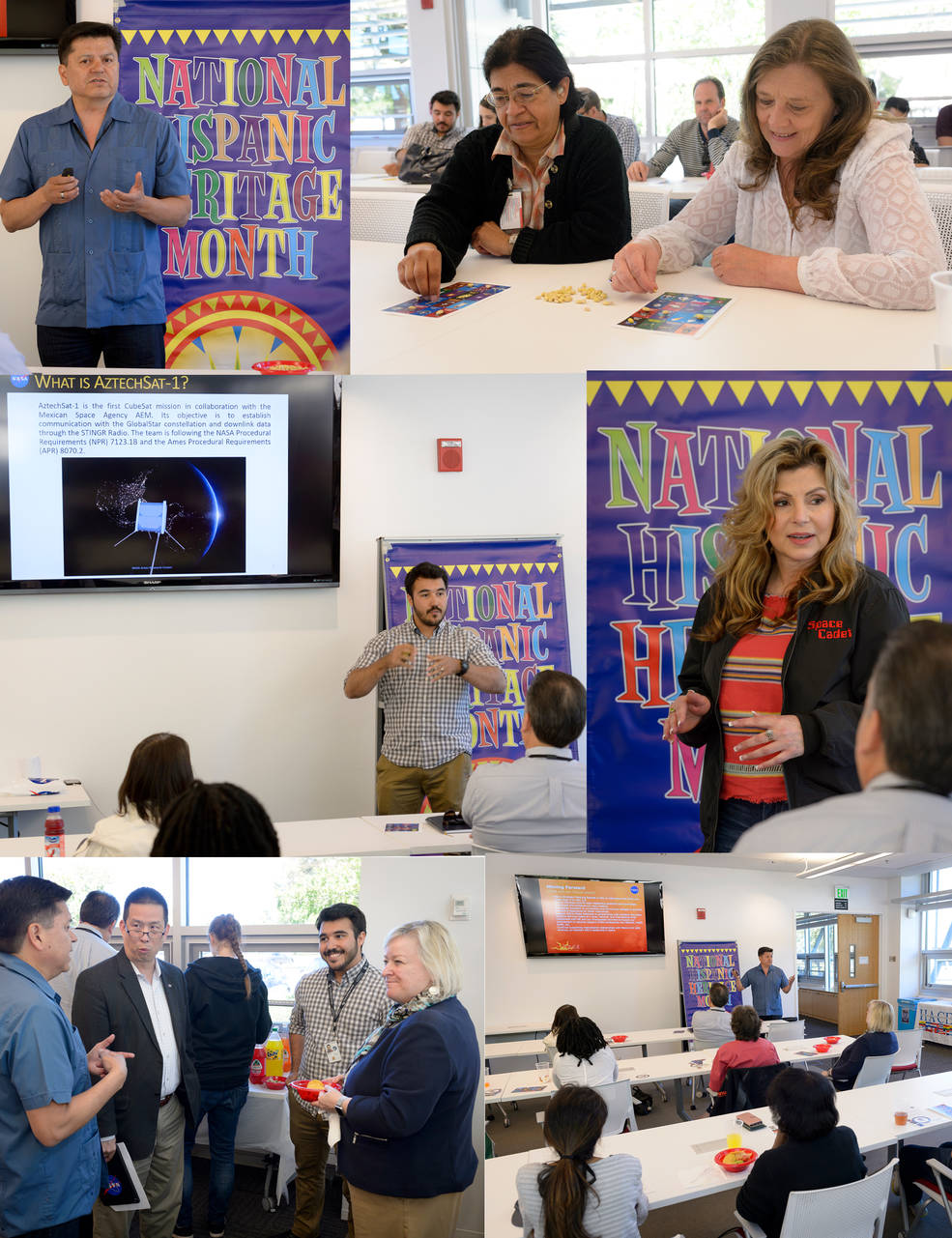
Moffett Field Historical Society Welcomes Rear Admiral Moffett’s Family for Medal of Honor Dedication Ceremony
by Danielle Carmichael and April Gage
Rear Admiral William Adger Moffett, born during the reconstruction years in Charleston, South Carolina on October 31, 1869, graduated from the United States Naval Academy in 1890. Moffett later went on to become the architect of modern naval aviation for the United States Navy. Awarded the prestigious Medal of Honor for this role in USS Chester’s landing in 1914 during the Battle of Vera Cruz, he went on to command the Great Lakes Naval Training Center near Chicago, Illinois. It was here, in conjunction with local business leaders, that Moffett established an aviator training program and began his first foray into aviation, earning him the Navy Distinguished Service Medal.
He soon became known as “Air Admiral” for his leadership of the Navy’s Bureau of Aeronautics during its creation in 1921, ultimately serving in that role until his death. As head of the Bureau of Aeronautics, he was able to integrate the use of airplanes and airships into fleet operations, introduce new technologies such as aircraft carriers into the Navy’s fleet, establish procurement procedures that brought stability to the American aircraft industry, and create new career paths and training for interested aviators.
In February 1931, Moffett chaired a committee that established a naval air station in Mountain View, California, later named Naval Air Station (NAS) Sunnyvale, which would become the future home of the U.S.S. Macon. Moffett tragically lost his life along with 73 others on April 3, 1933, while aboard the airship Akron when it went down off the coast of New Jersey. After his death, NAS Sunnyvale was renamed NAS Moffett Field on September 1, 1933.
On April 22, 2018, members of Rear Admiral Moffett’s family, including his grandson, retired United States Marine Corps Colonel William A. Moffett III, attended a dedication ceremony at Moffett Field Historical Society museum. As master of ceremonies, retired Rear Admiral James Schear presented the society with a Medal of Honor from the Office of the Chief of Naval Operations Awards Board to be displayed in the museum’s exhibit about Rear Admiral Moffett. Colonel Moffett, in turn, presented his grandfather’s Navy sword to the museum to display in the exhibit.
Meet the Freshman Ready to Break a World Record
— Inspired to Become an Aerospace Engineer Following a Visit to Ames
by Cecilia Seiter, courtesy Mustang News, California Polytechnic State University
When Lacey Davis started at Cal Poly this fall, she didn’t expect to be asked to drive the fastest solar-powered vehicle in existence. But standing at 5 feet, 3 inches, the aerospace engineering freshman was the perfect candidate to squeeze into a sleek, aerodynamic car set to break a world record.
Davis is a member of Cal Poly’s Prototype Vehicles (PROVE) Laboratory, a student-run organization designing what will be the fastest solar-powered car in the world. The project has been in the works for more than a year and is set to break the world record for the fastest solar-powered car without a battery in June. In early January, the club still hadn’t found a driver for the car and Davis said she was hesitant to pitch her candidacy at first.
“On the first meeting, my friend was like, ‘You should be the driver!’ And I was like, ‘No, they probably already have a driver, they’re not just going to have a first year be the driver,’” Davis said. “And then the first week in January they said, ‘We’re looking for a driver that’s shorter than 5 foot 6, that’s a daredevil, not afraid to take risks and I was like, ‘Hey! That’s me!’”
Davis, originally from Salinas, California, knew she wanted to be an aerospace engineer since she toured NASA’s Ames Research Center as a junior in high school. She figured joining clubs and gaining experience for her resume was the best way to make that happen, but she had no idea she would play this big of a role in such a large project as a freshman.
“It’s quite an adrenaline rush,” Davis said. “I called my mom as soon as [they] said they’d let me be the driver and said, ‘Guess what? I’m going to be the driver of this solar car and it’s going to break a world record.’”
Davis will be the only passenger inside the vehicle, lying flat on her back to reduce drag. She’ll be driving on a straight mile-long track, so there won’t be much steering involved. Her main concern is getting the car to hit 70 miles per hour or above in order to break the standing record of 56.7 miles per hour. However, she won’t just be lying down pushing the pedal to the metal. The vehicle is so aerodynamic, she said, that hitting even a small bump in the road could generate lift.
“We have an anti-lift flap. I just have to know how to problem-solve in milliseconds,” she said.
There’s no way to practice for a test like this, so in the meantime, Davis works with PROVE Lab’s outreach program, introducing local middle school students to different engineering design processes and projects. Thomas Rohrbach, technical lead of the outreach program and aerospace engineering senior, said Lacey has served as a mentor to the students she teaches. Mechanical engineering senior Alex Power leads the team designing the suspension system. That system, he said, is what provides safety for the solar panels. Using a Computer Numerical Control (CNC) machine, Power cut into thick pieces of metal to make precisely the right shape and size parts for the suspension. The newly cut piece will allow the suspension to move up and down, thereby protecting the solar cells from the shock of an impact.
While it’s critical for the solar panels to remain safe, there’s one thing even more important to keep protected: the driver. Peter Pratt, a mechanical engineer senior and lead of the structures team, is in charge of the system designed to do just that. Pratt points out the parts of the vehicle that he and his team have been working on in a wooden model sitting outside of the PROVE Lab workshop. The chassis, or internal structure of the car, will be made of carbon fiber, he said. The carbon fiber composites are four times stronger than steel, but they’re light enough that two people will be able to lift the car.
“As the car drives, it hits bumps and so that’s what we’re designing for. No matter the force that this takes, we’re designing for a thousand times what we expect, so that way anything that we come across, the chassis and the car are strong enough to take it,” Pratt said. “We’re going to take steel plates, running it through the carbon fiber and welding the roll bars to that.” The internal structure of the car is first mocked up in a wooden model.
Undertaking such a massive project wouldn’t be possible without a little outside help. In the last year, the students of PROVE Lab have received financial and technical support from numerous organizations. Some resources come in the form of donations from private and corporate sponsors; others in the form of expertise from the top dogs of the industry, like Tesla and Google.
Cal Poly students aren’t the only ones benefitting from the generosity of PROVE Lab supporters. Come January, students in low-performing Central Coast school districts will have access to after-school STEM education programs, thanks to a $65,000 grant from the American Honda Foundation. Students from PROVE Lab’s outreach team will be leading eighth graders in building their own miniature prototype solar vehicles. Aerospace engineering senior Thomas Rohrbach is the lead for technical coordination within the outreach team and in charge of creating lesson plans for the program.
“We’re hoping to put a lot of different components in front of them and have them come back to us and do what engineers do and justify their decisions,” Rohrbach said. “We’re not going to give them a kit. It’s gonna be, ‘Here’s three motor options. Tell me why you picked this one.’”
This project has been a long time coming. Doig first pitched the idea last year, and thus far, it looks like the car won’t be ready to break the world record until June. But until then, the team is working diligently toward making it happen — and keeping their achievements on record for future employers to take note of.
“Going into interviews for internships and whatnot, they’ll look over my resume, they skip over school, they skip over volunteer, they skip over everything and they’re like, ‘What are you doing for this club?’” Pratt said.
Doig also believes this will launch students into unprecedented places.
“The students are doing something that hardly any student anywhere gets the experience of— building a real, working vehicle that does something that no other vehicle in history has done before,” Doig said in his email. “So the students we have coming through PROVE now, we hope, are going to go on to do amazing things.”
Employees Visit Charging Station for Refreshments and Chat with Fellow Cyclists
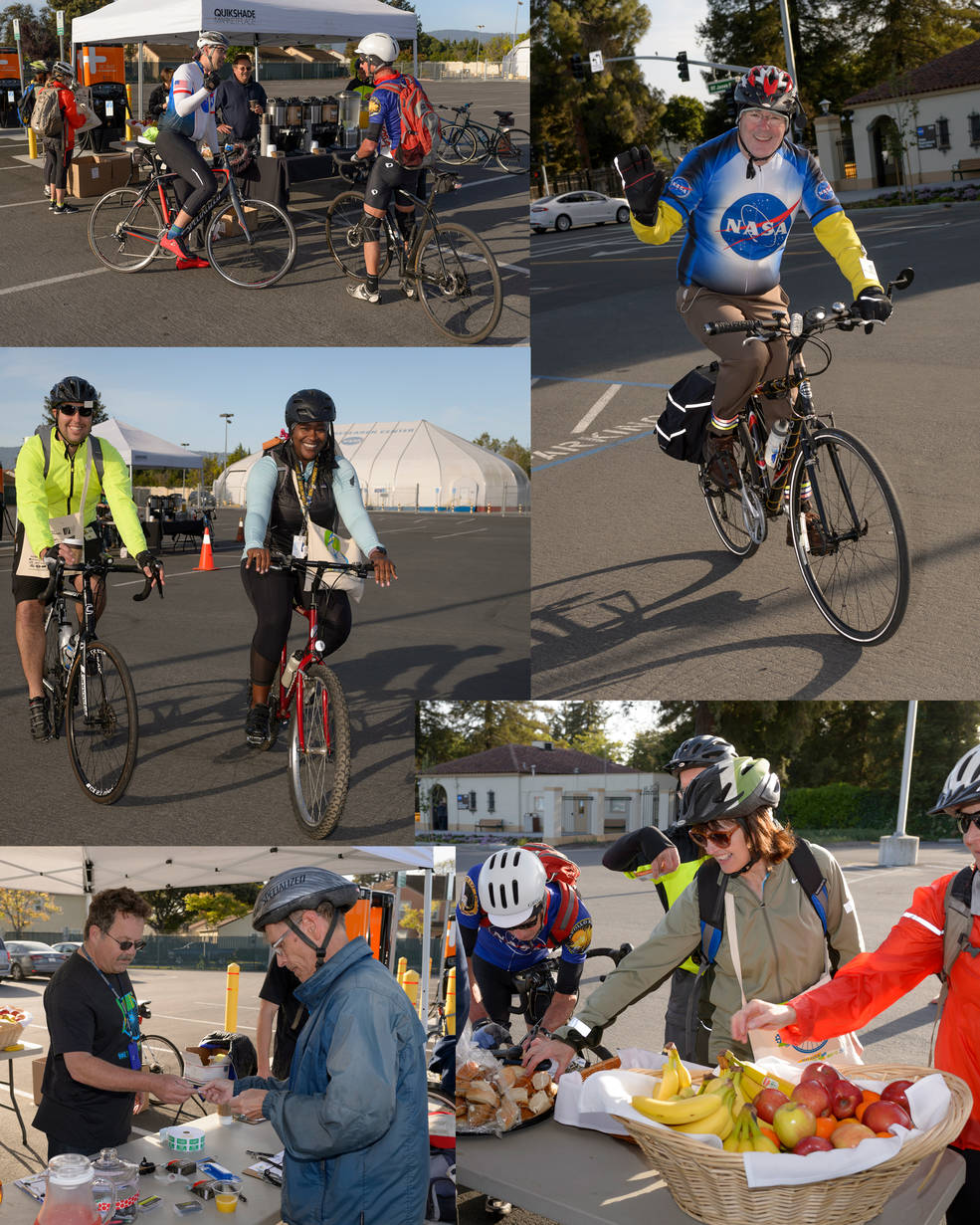
Employees Dress Festively for May’s Spring Colors Fun Run and Walk
